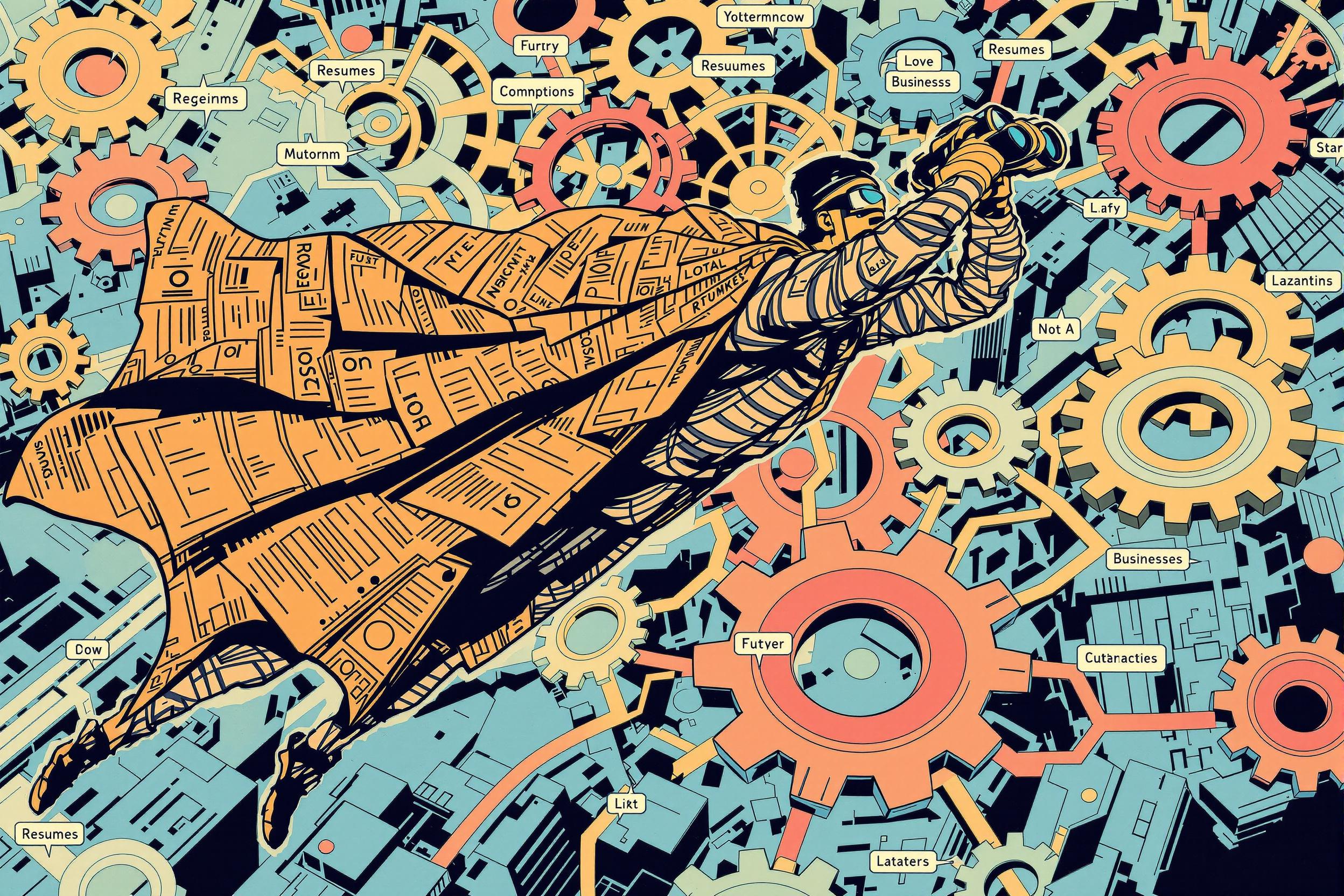
Marker Making
Marker Making is an essential skill in the fashion industry where professionals create efficient layouts of pattern pieces to minimize fabric waste during cutting. Think of it like solving a puzzle – the marker maker arranges all the different pieces of a garment (like sleeves, collars, and fronts) in the most efficient way possible on fabric. This process is crucial for keeping production costs down and making the best use of materials. Today, while some companies still do this manually, many use computer programs (CAD software) to help with this process. This role is vital in clothing manufacturing, as even small improvements in fabric usage can lead to significant cost savings.
Examples in Resumes
Reduced fabric waste by 15% through efficient Marker Making techniques
Created Marker Plans for high-volume production of women's wear
Expertise in both manual and computerized Marker Making systems
Optimized Marker Layouts for complex pattern pieces in luxury garments
Typical job title: "Marker Makers"
Also try searching for:
Where to Find Marker Makers
Online Communities
Professional Networks
Industry Resources
Example Interview Questions
Senior Level Questions
Q: How would you handle marker making for a collection with multiple fabric types and pattern matching requirements?
Expected Answer: A senior marker maker should explain their process for organizing different fabric requirements, managing pattern matching for prints or plaids, and how they would maximize efficiency while maintaining quality standards.
Q: Describe a time when you improved efficiency in the marker making process.
Expected Answer: They should provide specific examples of implementing improvements, such as reducing fabric waste, improving layout efficiency, or streamlining the process through better organization or technology use.
Mid Level Questions
Q: What factors do you consider when creating a marker for striped or patterned fabric?
Expected Answer: Should discuss pattern matching, stripe alignment, fabric direction, and how these affect marker efficiency and garment quality.
Q: How do you calculate fabric utilization in marker making?
Expected Answer: Should explain how to measure efficiency, calculate fabric usage, and demonstrate understanding of cost implications in marker planning.
Junior Level Questions
Q: What is the importance of grain lines in marker making?
Expected Answer: Should explain basic understanding of fabric grain and how it affects garment fit and quality when laying out pattern pieces.
Q: What basic rules do you follow when creating a marker?
Expected Answer: Should mention fundamental principles like following grain lines, maintaining minimum spaces between pieces, and considering fabric width constraints.
Experience Level Indicators
Junior (0-2 years)
- Basic marker making principles
- Understanding of fabric grain and direction
- Simple pattern piece layout
- Basic CAD software operation
Mid (2-5 years)
- Efficient fabric utilization
- Pattern matching techniques
- Multiple size marker creation
- Advanced CAD software proficiency
Senior (5+ years)
- Complex marker planning
- Production efficiency optimization
- Team supervision
- Process improvement implementation
Red Flags to Watch For
- No knowledge of fabric properties and behavior
- Inability to understand pattern pieces and their relationships
- Lack of attention to detail in layout efficiency
- No experience with modern marker making software
- Poor understanding of garment construction basics
Related Terms
Need more hiring wisdom? Check these out...

Why Your Hiring Process is a Maze (And How Design Thinking Can Turn It into a Superhighway)

Unlocking Team Potential: Personality Mapping for Dynamic Management

Tiny Neighborhoods, Huge Impact: The Surprising Power of Hyper-Local SEO in Your Hiring Game

